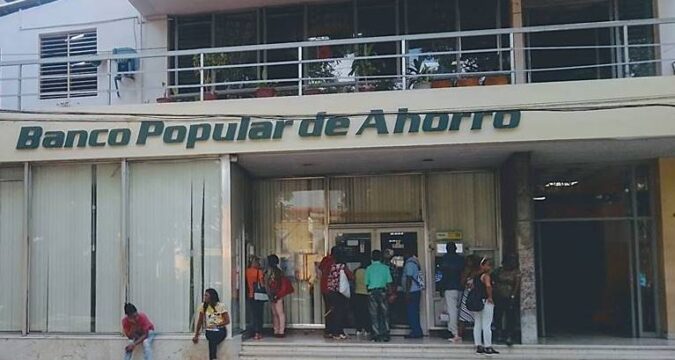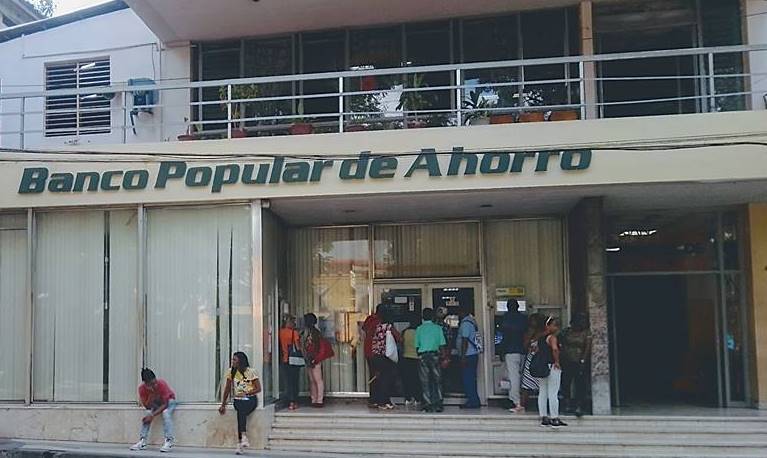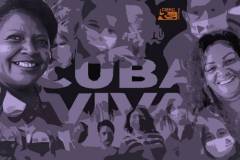

By: Giselle Méndez
Translation: MSc. Guillermo Rodriguez Cortes.
Bankarization in Santiago de Cuba is a term already familiar, since it has started to be a frequent topic in the media. However, there are still many who do not know how to relate to it into their daily business and family life. Others make use of the services offered by banking institutions through this process, without understanding exactly what it consists of.
All of the above limits the use of the facilities that bankarization offers in the dynamics of the current daily life of the inhabitants of @heroicasantiago, as well as the conscious use of the financial resources within the reach of social and economic actors. It is therefore necessary to continue to provide a more readable explanation of the development opportunities it implies.
What is bankarization?
Banking penetration is the process by which a person or company begins to use the financial services and products offered by a banking institution. In both cases, this allows them to access a series of benefits and facilities in their financial activities, useful for them to manage their money more effectively.
BANDEC, the Credit and Commerce Bank (Banco de Crédito y Comercio in Spanish) has branches in all the municipalities of the province of Santiago de Cuba, where the process of bankarization is carried out, as a way to bring financial services closer to the community through business, agricultural and personal banking services. Likewise, BPA, the Popular Savings Bank (Banco Popular de Ahorro in Spanish) operates in the province through a wide network of branches, in which various operations are carried out for individuals, making it a leading financial institution in serving this segment of society.
Bankarization – that is, access to banking services – encourages savings and responsible investment, providing the necessary tools and knowledge to make informed financial decisions; hence, financial education of society is vital, as a necessary step to achieve the objectives of this process.
Knowledge of the operations and basic concepts related to bankarization makes possible an optimal use of its benefits, greater access to them and a conscious use of the responsibilities of using financial services.
What are the basic financial services provided as part of bankarization?
Among the best known services, for which people most frequently go to bank branches in Santiago de Cuba, are: opening a savings account, requesting loans or credits to finance personal projects, cashier services and requesting magnetic cards to carry out transactions and operations through them.
Bankarization.- In this sense, the procedures and requirements for accessing financial services could be simplified and streamlined, so that they are feasible for all interested parties. This implies, for example, reducing the required documents, simplifying the forms, facilitating the process of opening accounts, approving credits and loans, among other important steps to meet the needs of customers who go to the Santiago de Cuba branches.
In other words, the management of some of these processes in @BandecSantiago and @BpaSantiago does not have to imply an excessive alteration of the work and family routines of the interested parties; a dissatisfaction that, in fact, contradicts the objectives of bankarization.
These digital financial services allow users to make transactions faster and more convenient, without the need to physically visit a bank branch. These include: e-commerce, online product purchases, bill payments, money order transfers, checking the status of the user’s bank accounts, purchasing mobile data plans, and other transactions involving money movements.
Digital financial services offer numerous benefits for both users and banking institutions. For users, they provide greater convenience and accessibility, since they can carry out transactions at any time and place, without having to line up or travel physically. In addition, they tend to be more economical since they do not involve operating costs associated with physical branches, and even offer discounts when using this channel to carry out transactions. In short, digital financial services provide greater convenience and accessibility to users, while enabling banking institutions to expand their reach and improve their operational efficiency.
Challenges of bankarization
Financial institutions in Santiago de Cuba are moving towards a development that will allow them to reach higher levels of competition. However, the complexity and far-reaching objectives of bankarization – intertwined with the growing demand and needs of the population – imply continuous challenges in the effort to provide their customers with comprehensive and quality service. On this path, it is also important to provide financial education and training to the population so that they understand the benefits and responsibilities of using financial services.
CMKC in Revolution

Only by working together in the bank-customer connection will it be possible to multiply the benefits and facilities of the latter, along with the advances in bankarization.

































































